
漢德百科全書 | 汉德百科全书
 International cities
International cities

 Eurovision Song Contest,ESC
Eurovision Song Contest,ESC

 Financial
Financial
 ***Global Financial Center
***Global Financial Center

 History
History
 N 2000 - 2100 AD
N 2000 - 2100 AD

 History
History
 M 1500 - 2000 AD
M 1500 - 2000 AD

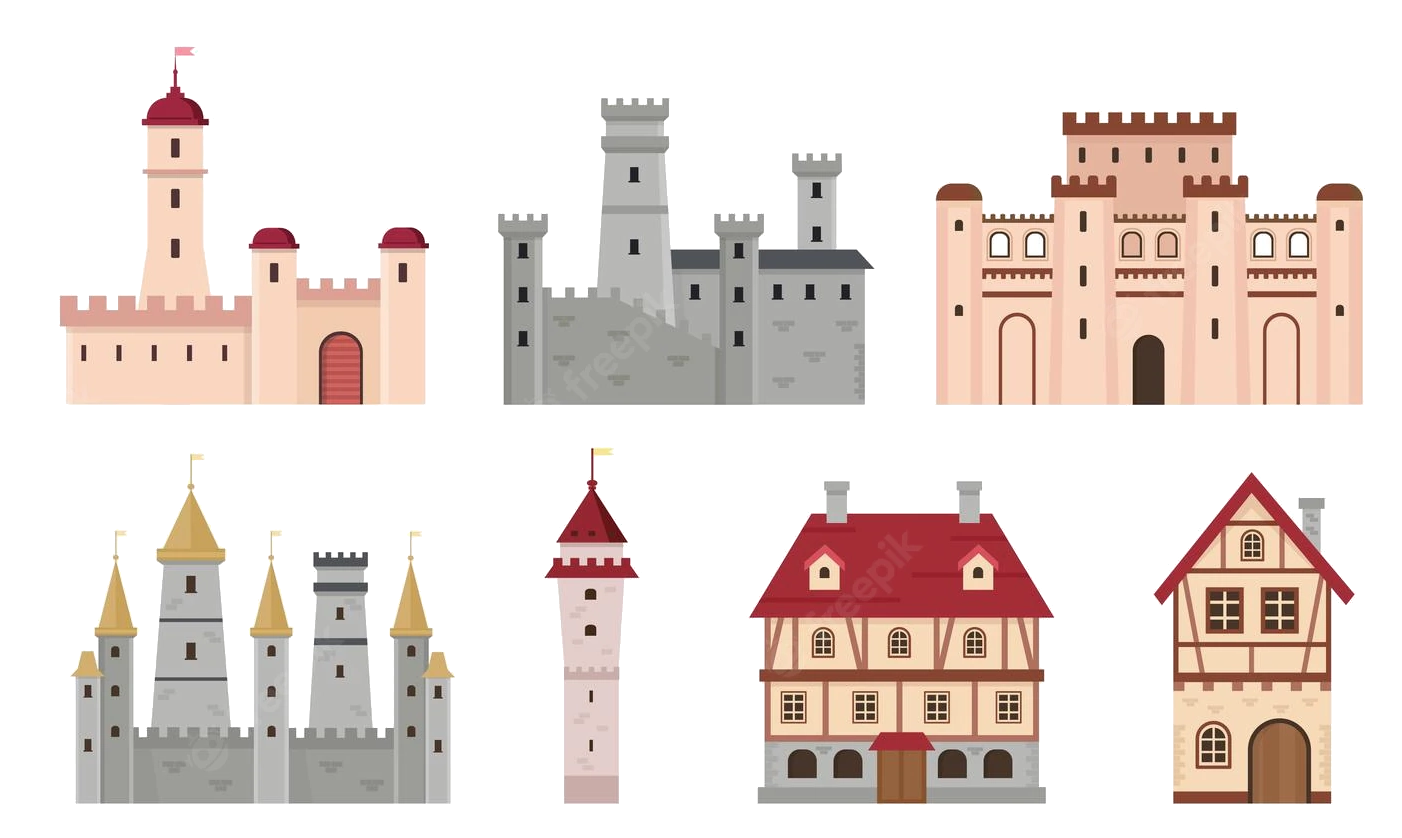 Medieval cities in Europe
Medieval cities in Europe
 Schottland
Schottland
 United Kingdom
United Kingdom

Edinburgh  [ˈɛdɪnb(ə)ɹə][2] (schottisch-gälisch Dùn Èideann [tuːn ˈeːtʃən]; dt. Edinburg; amtlich City of Edinburgh) ist seit dem 15. Jahrhundert die Hauptstadt von Schottland (bis dahin war es Perth). Seit 1999 ist Edinburgh außerdem Sitz des Schottischen Parlaments. Edinburgh ist mit etwa 493.000 Einwohnern nach Glasgow die zweitgrößte Stadt Schottlands und seit 1996 eine der 32 schottischen Council Areas. Die Stadt liegt an Schottlands Ostküste auf der Südseite des Firth of Forth gegenüber von Fife.
[ˈɛdɪnb(ə)ɹə][2] (schottisch-gälisch Dùn Èideann [tuːn ˈeːtʃən]; dt. Edinburg; amtlich City of Edinburgh) ist seit dem 15. Jahrhundert die Hauptstadt von Schottland (bis dahin war es Perth). Seit 1999 ist Edinburgh außerdem Sitz des Schottischen Parlaments. Edinburgh ist mit etwa 493.000 Einwohnern nach Glasgow die zweitgrößte Stadt Schottlands und seit 1996 eine der 32 schottischen Council Areas. Die Stadt liegt an Schottlands Ostküste auf der Südseite des Firth of Forth gegenüber von Fife.
爱丁堡(英语:Edinburgh, i/ˈɛdɪnbərə/[4]、苏格兰盖尔语:Dùn Èideann),是英国苏格兰首府,也是继格拉斯哥后苏格兰的第二大城市,位于苏格兰东海岸福斯湾南岸。截止到2013年,全市人口为487,500。[3]
i/ˈɛdɪnbərə/[4]、苏格兰盖尔语:Dùn Èideann),是英国苏格兰首府,也是继格拉斯哥后苏格兰的第二大城市,位于苏格兰东海岸福斯湾南岸。截止到2013年,全市人口为487,500。[3]
自15世纪以来爱丁堡就被当做苏格兰首府,但在1603年和1707年政治力量多次南移到伦敦。1999年苏格兰议会的自治权利才得以确立。苏格兰国家博物馆、苏格兰国家图书馆和苏格兰国家画廊等重要文化机构也位于爱丁堡。在经济上,现在的爱丁堡主要依靠金融业,是伦敦以外英国最大的金融中心。[5]
爱丁堡有着悠久的历史,许多历史建筑亦完好保存下来。爱丁堡城堡、荷里路德宫、圣吉尔斯大教堂等名胜都位于此地。爱丁堡的旧城和新城一起被联合国教科文组织列为世界遗产。[6]2004年爱丁堡成为世界第一座文学之城。[7]爱丁堡的教育也很发达,英国最古老的大学之一爱丁堡大学就坐落于此,为一所历史超过四百年的世界顶尖名校。[8]加上爱丁堡国际艺术节等文化活动,爱丁堡成为了英国仅次于伦敦的第二大旅游城市。
エディンバラ(英語: Edinburgh [ˈɛdɪnbərə] (![]() 音声ファイル)、スコットランド・ゲール語: Dùn Éideann [ˈt̪uːn ˈɛːtʲɛn̪ˠ])は、スコットランドの首都であり、ロージアン州の州都。日本語では「エジンバラ」とも表記される。
音声ファイル)、スコットランド・ゲール語: Dùn Éideann [ˈt̪uːn ˈɛːtʲɛn̪ˠ])は、スコットランドの首都であり、ロージアン州の州都。日本語では「エジンバラ」とも表記される。
Edinburgh (/ˈɛdɪnbərə/ ( listen);[6][7][8] Scottish Gaelic: Dùn Èideann [ˈt̪uːn ˈeːtʲən̪ˠ]; Scots: Edinburgh) is the capital city of Scotland and one of its 32 council areas. Historically part of the county of Midlothian (or Edinburghshire), it is located in Lothian on the Firth of Forth's southern shore.
listen);[6][7][8] Scottish Gaelic: Dùn Èideann [ˈt̪uːn ˈeːtʲən̪ˠ]; Scots: Edinburgh) is the capital city of Scotland and one of its 32 council areas. Historically part of the county of Midlothian (or Edinburghshire), it is located in Lothian on the Firth of Forth's southern shore.
Recognised as the capital of Scotland since at least the 15th century, Edinburgh is the seat of the Scottish Government, the Scottish Parliament and the supreme courts of Scotland. The city's Palace of Holyroodhouse is the official residence of the monarchy in Scotland. The city has long been a centre of education, particularly in the fields of medicine, Scots law, literature, the sciences and engineering. It is the second largest financial centre in the United Kingdom (after London)[9] and the city's historical and cultural attractions have made it the United Kingdom's second most popular tourist destination, attracting over one million overseas visitors each year.[10]
Edinburgh is Scotland's second most populous city and the seventh most populous in the United Kingdom. The official population estimates are 464,990 (2012) for the Locality of Edinburgh (Edinburgh pre 1975 regionalisation plus Currie and Balerno),[1] 513,210 (2017) for the City of Edinburgh,[2] and 1,339,380 (2014) for the city region.[2][3] Edinburgh lies at the heart of the Edinburgh and South East Scotland city region comprising East Lothian, Edinburgh, Fife, Midlothian, Scottish Borders and West Lothian.[11]
The city is the annual venue of the General Assembly of the Church of Scotland. It is home to national institutions such as the National Museum of Scotland, the National Library of Scotland and the Scottish National Gallery. The University of Edinburgh, founded in 1582 and now one of four in the city, was placed 23rd in the QS World University Rankings in 2018.[12] The city is also famous for the Edinburgh International Festival and the Fringe, the latter being the world's largest annual international arts festival. Historic sites in Edinburgh include Edinburgh Castle, the Palace of Holyroodhouse, the churches of St. Giles, Greyfriars and the Canongate, and the extensive Georgian New Town, built in the 18th/19th centuries. Edinburgh's Old Town and New Town together are listed as a UNESCO World Heritage site,[13] which has been managed by Edinburgh World Heritage since 1999.
Édimbourg (prononcé [e.dɛ̃.buʁ] ; Edinburgh [ˈɛ.dɪn.bərə] Écouter en anglais britannique, Dùn Èideann [ˈt̪uːnˈeːtʲən̪ˠ] en gaélique écossais, Embra, Edinburrie, Edinburra et Edimbra en scots) est une ville d'Écosse au Royaume-Uni. Elle est sa capitale depuis 1532, ainsi que le siège du Parlement écossais depuis le rétablissement de celui-ci en 1999. Sa population était de 457 830 habitants en 2005 (c’est la deuxième ville d’Écosse derrière Glasgow). Ses habitants s'appellent les Édimbourgeois. Depuis 1329, Édimbourg possède officiellement le statut de cité. Elle a aussi le statut de council area (depuis le 31 mars 1996) et de région de lieutenance, après avoir eu celui de district au sein de la région du Lothian (du 15 mai 1975 au 31 mars 1996) dont elle était le siège.
La ville est construite sur des collines volcaniques qui fournissent chacune un point de vue différent sur la ville. Elle est dominée par son château dont les fondations remontent au VIIe siècle mais c’est à partir du XIe siècle que fut construite cette résidence royale avant de devenir une forteresse redoutable au XVIe siècle. Édimbourg fut affranchie en 1329 et s’entoura de murailles au XVe siècle. Après la défaite de Flodden (1513) contre les Anglais, les bourgeois de la ville décidèrent de construire à titre préventif une seconde enceinte baptisée le mur de Flodden. Après l’unification des Parlements d’Écosse et d’Angleterre (1707), la ville perdit de son importance politique mais resta un important centre économique et culturel. En plus du Château, Édimbourg compte de nombreux lieux intéressants comme le Royal Botanic Garden, les cathédrales Saint-Gilles (presbytérienne), Sainte-Marie (épiscopalienne) et Sainte-Marie (catholique), la National Gallery, Charlotte Square, le Scott monument ou encore le National Museum of Scotland. Le palais de Holyrood (Holyrood Palace) est la résidence officielle de la reine lorsqu’elle séjourne dans la ville. Les districts de la vieille et de la nouvelle ville sont classés patrimoine mondial par l’UNESCO depuis 1995.
Édimbourg est célèbre pour son festival, le plus grand du monde, qui dure trois semaines en août et propose de nombreux spectacles de qualité dans toutes les disciplines.
La ville accueille l'une des plus prestigieuses universités d’Europe et du monde, l’université d’Édimbourg, pionnière dans l’informatique, la géologie, la chimie et la médecine. À Édimbourg se situe également la bibliothèque nationale d’Écosse (National Library of Scotland) qui est la plus importante bibliothèque d’Écosse (et l’une des plus grandes du Royaume-Uni).
Edimburgo (AFI: /edimˈburɡo/[3]; in inglese e scots Edinburgh, pron. [ˈɛdɪnbʌrə] oppure [ˈɛdɪnbrə], in gaelico scozzese Dùn Èideann) è una città del Regno Unito, capitale della Scozia dal 1437 e sede del suo nuovo parlamento dal 1999. È la seconda città della Scozia per popolazione dopo Glasgow e la settima del Regno Unito per popolazione. I dati ufficiali del 2014 stimano la popolazione in 464 990 abitanti per la città,[1] 492 680 per l'area dell'autorità locale[1] e 1 339 380 per l'area metropolitana[1] (Edinburgh è situata nel cuore della proposta "city region" di Edimburgo e Scozia sudorientale).
La città, situata sulla costa orientale della Scozia e sulla riva meridionale del Firth of Forth, a circa 70 km ad est di Glasgow, sorge su 7 colli. I punti più alti sono: Arthur's Seat, Castle Rock dove si trova il castello, Calton Hill, Corstorphine Hill, Braid Hills, Blackford Hill e Craiglockhard Hill, su di una serie di colline. Le parti storiche della città (Old e New Town), insieme al castello, nel 1995 sono state dichiarate patrimonio dell'umanità dall'UNESCO.
È una delle città più visitate della Gran Bretagna con circa 2 milioni di turisti l'anno[4] e a questo successo contribuisce anche il Festival di Edimburgo, che si tiene ogni anno ed è accompagnato da numerose manifestazioni collaterali.
Edimburgo ( /ˈɛdɪnb(ʌ)ɹə/ (?·i) en inglés y escocés: Edinburgh; en gaélico escocés: Dùn Èideann) es la capital y un concejo de Escocia (Reino Unido).23 Es la segunda ciudad más grande de Escocia tras Glasgow.
/ˈɛdɪnb(ʌ)ɹə/ (?·i) en inglés y escocés: Edinburgh; en gaélico escocés: Dùn Èideann) es la capital y un concejo de Escocia (Reino Unido).23 Es la segunda ciudad más grande de Escocia tras Glasgow.
Ubicada en la costa este de Escocia, a orillas del fiordo del río Forth y en la autoridad unitaria local de la Ciudad de Edimburgo, es la capital de Escocia desde 1437 y sede del gobierno escocés. Fue uno de los centros más importantes de educación y cultura durante la Ilustración gracias a la Universidad de Edimburgo. Sus distritos The Old Town (ciudad antigua) y The New Town (ciudad nueva) fueron designados Patrimonio de la Humanidad por la Unesco en 1995.4 Según el censo de 2011 tiene un población total de 459 366 habitantes.1
Edimburgo es famosa por su Festival Internacional, el festival de actuaciones en vivo más grande del mundo, y otros festivales desarrollados en verano de forma más o menos simultánea, la mayoría de los cuales se agrupan bajo la denominación Festival de Edimburgo. Durante el festival la población de la ciudad se duplica. Edimburgo es la segunda ciudad más visitada del Reino Unido, después de Londres, con aproximadamente 13 millones de turistas al año.
Эдинбу́рг (англ. и скотс. Edinburgh [ˈɛdɪnb(ʌ)rə], гэльск. Dùn Èideann [tuːn ˈeːtʃən]) — столица Шотландии (с 1437 года) и второй по величине её город. Административный центр округа Сити-оф-Эдинбург. Население Эдинбурга в 2016 году составляло 488,1 тыс. человек. Это седьмой по величине город Соединённого королевства. Расположен на восточном побережье Шотландии (территория Среднешотландской низменности), на южном берегу залива Ферт-оф-Форт.
Районы Эдинбурга — Старый город и Новый город — в 1995 году были занесены ЮНЕСКО в список объектов Всемирного наследия.



Amberg (Ausspracheⓘ/?) ist eine kreisfreie Stadt im Regierungsbezirk Oberpfalz in Ostbayern und gehört zur Metropolregion Nürnberg. Sie liegt an der Bayerischen Eisenstraße, die zwischen Pegnitz und Regensburg historische Industrie- und Kulturdenkmäler verbindet.
安贝格(德语:Amberg,德语:[ˈambɛrk] (ⓘ))是德国巴伐利亚州东部的一座非县辖城市, 位于纽伦堡以东约60千米的菲尔斯河畔,是欧洲现存最完好的中世纪城市之一。

安道尔城(加泰罗尼亚语:Andorra la Vella,加泰罗尼亚语发音:[ənˈdorə ɫə ˈβeʎə],本地发音:[anˈdɔra la ˈβeʎa])是安道尔的一个堂区及首都,位于比利牛斯山东部,与埃斯卡尔德斯-恩戈尔达尼、马萨纳、圣胡利娅-德洛里亚、西班牙加泰罗尼亚自治区相邻。2015年人口为22,886,而包括埃斯卡尔德斯-恩戈尔达尼堂区及其他村庄在内的都会区中共有四万人。
该城市以观光业为主要产业,同时也是知名的避税天堂。由于安道尔城是位于海拔1023米的高地,是欧洲国家中海拔最高的首都,也是相当受欢迎的滑雪胜地。该国虽不是欧盟成员国,但与欧盟有海关安排,并使用欧元。
Andorra la Vella [ənˈdorə lə βeʎə] (katalanisch für „Alt-Andorra“;[2] spanisch Andorra la Vieja, französisch Andorre-la-Vieille) ist die Hauptstadt und mit 24.382 (Stand 31. Dezember 2022) Einwohnern zugleich größte Stadt Andorras. Sie ist die höchstgelegene Hauptstadt Europas.
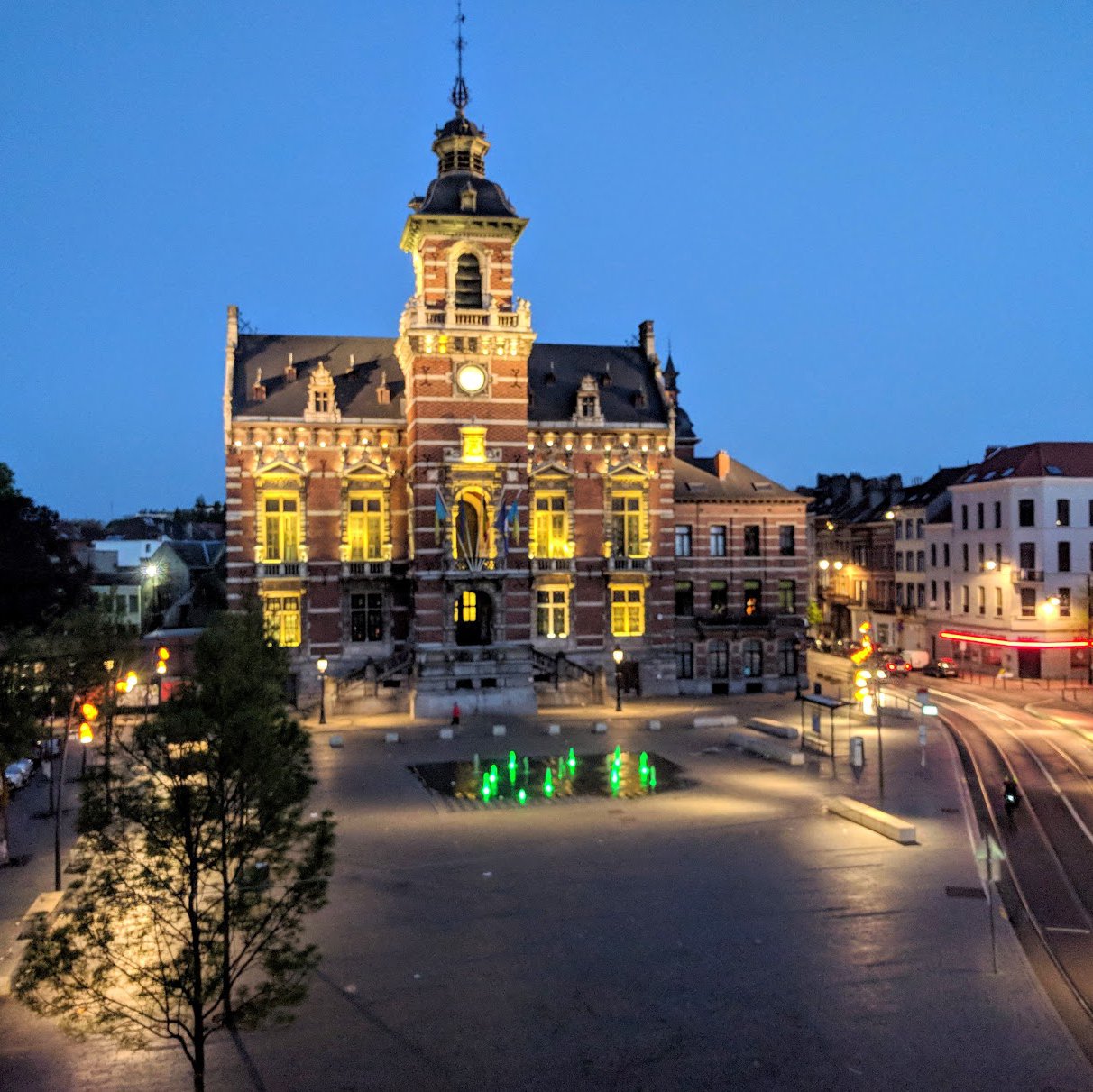

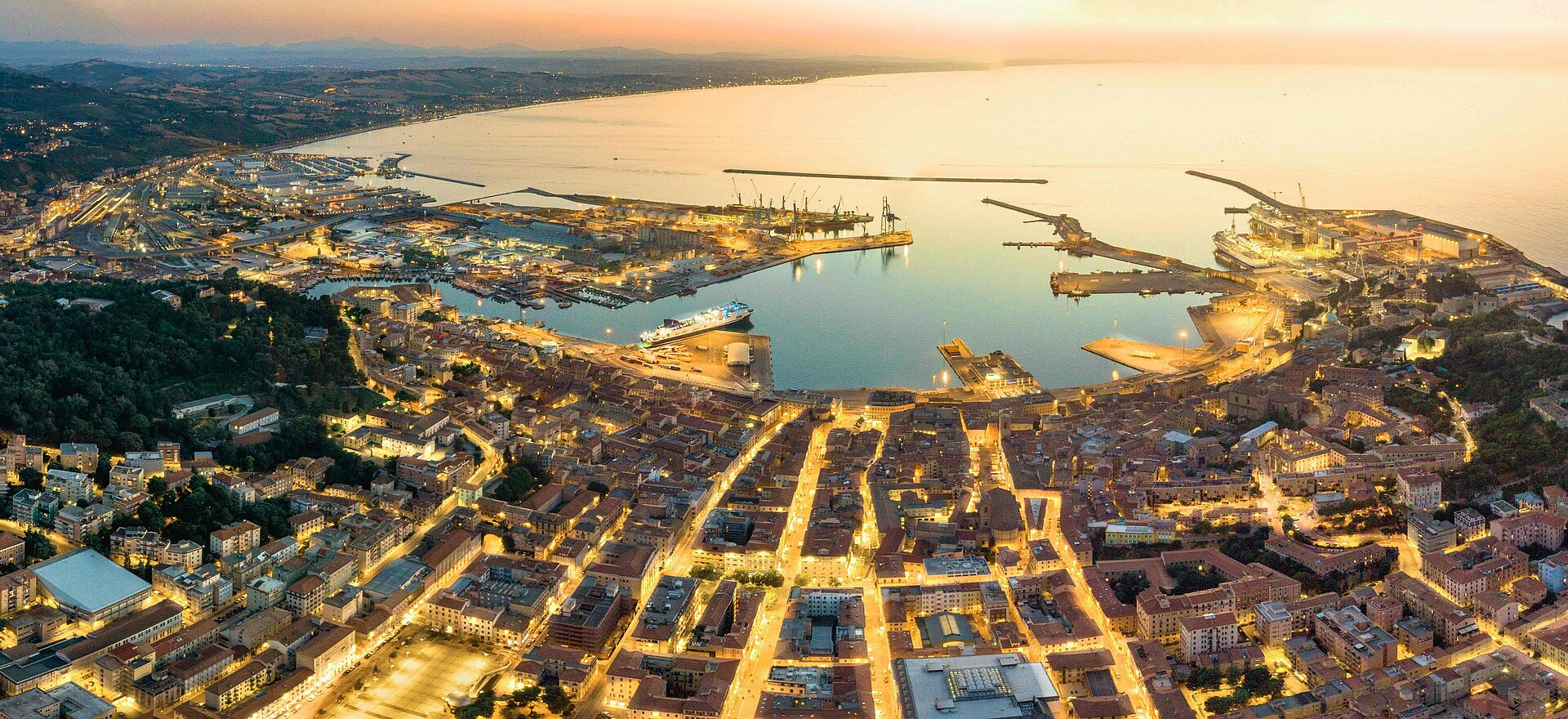


Ancona ist eine Hafenstadt mit 100.282 Einwohnern (Stand 31. Dezember 2019) an der italienischen Adriaküste. Sie ist Hauptstadt der Region Marken und der Provinz Ancona. Der Name stammt aus dem Griechischen und bedeutet Ellbogen. Ancona ist zudem Sitz des römisch-katholischen Erzbistums Ancona-Osimo.
Ancona liegt etwa 210 Kilometer nordöstlich von Rom und etwa 200 Kilometer südöstlich von Bologna. Die Stadt liegt zwischen den Höhenzügen des Monte Conero, des Monte Astagno, auf dem die Zitadelle der Stadt liegt, und Monte Guasco, auf dem der dem hl. Cyriacus geweihte Dom von Ancona steht.
Der Hafen Ancona besitzt neben Bari und Venedig einen der wichtigsten Fährhäfen über die Adria mit stark frequentierten Verbindungen zu den griechischen Städten Igoumenitsa und Patras. Zwölf Kilometer westlich von Ancona liegt der internationale Verkehrsflughafen Aeroporto delle Marche.
安科纳(意大利语:Ancona)位于意大利中东部亚得里亚海畔,威尼斯南部的小都市。亦是马尔凯区和安科纳省的首府。古罗马时代起就是个繁荣的港口城市,至中世纪,安科纳经常被哥特人、伦巴底人、撒拉森人所攻打。其中在840年,全城更被撒拉森人所焚毁。在查理大帝征服了北意大利后,开始有所重建。十二世纪被罗马教皇特许为自由都市。1532年,成为教皇国一部分。踏入19世纪,成为意大利王国一部分。到意大利统一后,为马尔凯首府。
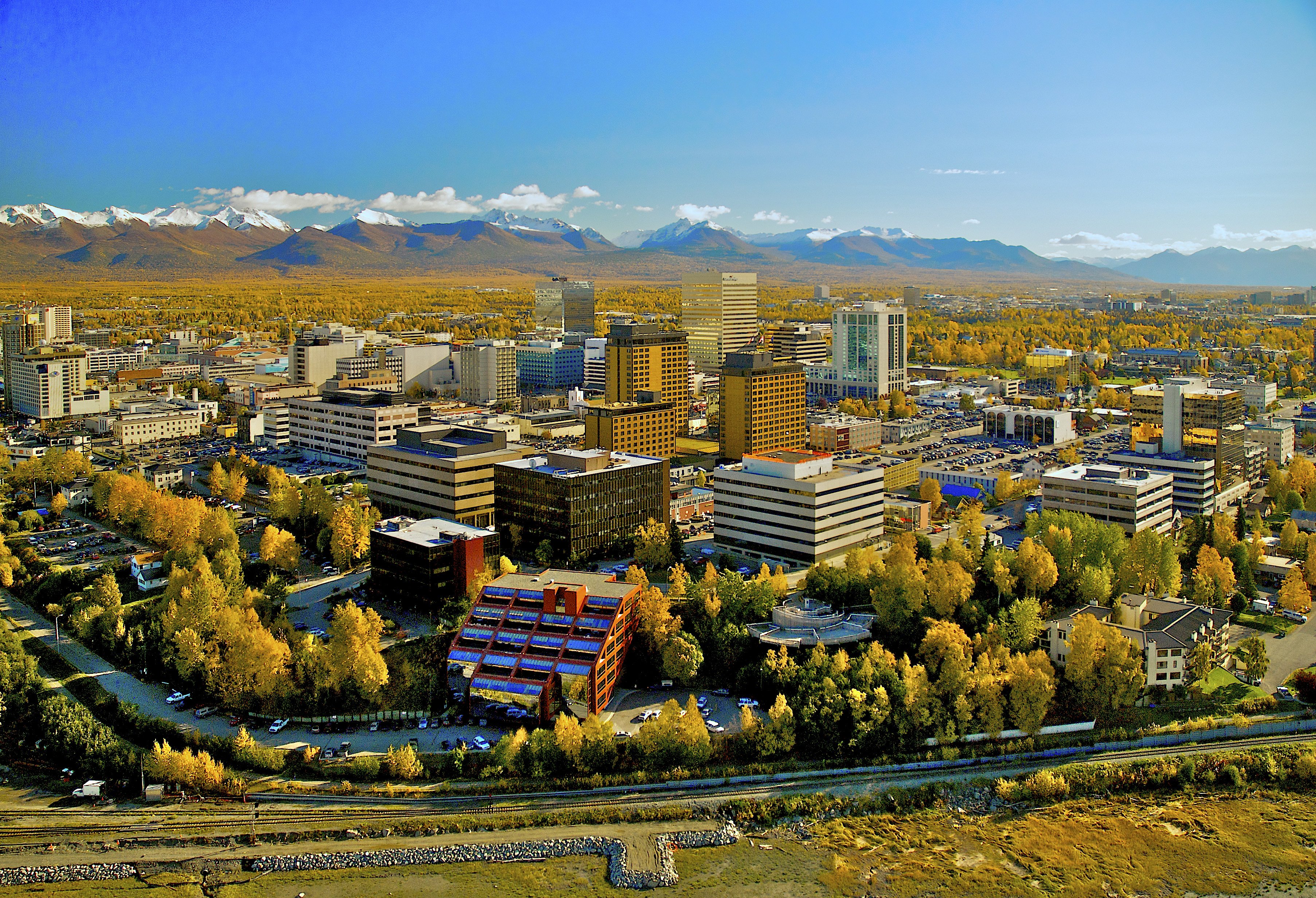


Annapolis ist die Hauptstadt des US-Bundesstaates Maryland in den Vereinigten Staaten und Sitz der Countyverwaltung (County Seat) des Anne Arundel Countys. Es ist eine Hafenstadt an der Chesapeake Bay und Sitz der United States Naval Academy.
安纳波利斯(英语:Annapolis),美国马里兰州州政府所在地,也是安妮阿伦德尔县的县治。[3]1783年11月至1784年6月,是美国在独立战争期间的临时首都,承认美国独立的《1783年巴黎条约》即于此签署。[4]美国海军学院所在地。乔治·华盛顿辞去大陆军总司令的地点。[5]建立于1796年的圣约翰学院是美国历史第三悠久的大学。

安纳巴(阿拉伯语:عنّابة;柏柏尔语:ⴱⵓⵏⴰ),旧称邦纳(法语:Bona、Bône),是位于阿尔及利亚北部安纳巴省地中海沿岸的一座城市,靠近突尼斯,人口257359人(2008年)。安纳巴是阿尔及利亚第三大城市。它是阿尔及利亚的首要工业中心。[2][3]
安纳巴是二十世纪一个发展迅速的海岸城市,都会区拥有的人口密度远高于国内其他海岸城市,例如阿尔及尔和瓦赫兰。阿尔及利亚东部和南部都很依赖安纳巴的服务、设备和基建。经济上,它是各种经济活动的中心,包括工业、交通、金融和旅游业。[4]
现代安纳巴兴建于罗马时代古城希波的港口阿芙洛狄西乌姆。现时城市已经向南扩展到古城遗址。
Annaba (arabisch عنابة, DMG ʿAnnāba, tamazight ⵄⴻⵏⵏⴰⴱⴰ Ɛennaba) ist eine Küstenstadt am Mittelmeer im äußersten Nordosten Algeriens mit etwa 207.000 Einwohnern (Stand: 2008). In der Antike lag hier die Stadt Hippo Regius. Die Araber nannten sie Beleb el-Anab und während der französischen Herrschaft 1830–1962 lautete der Name Bône. Annaba ist die Hauptstadt der gleichnamigen Provinz Annaba.
2004 waren an der Universität von Annaba etwa 40.000 Studenten immatrikuliert.


Antalya (von altgriechisch Ἀττάλεια Attáleia, so auch der Name in antiker und byzantinischer Zeit) ist eine türkische Millionenstadt am Mittelmeer. Nach der Organisation als Großstadtkommune (Büyükşehir Belediyesi) ist sie flächenmäßig und bevölkerungsmäßig identisch mit der gleichnamigen Provinz. Sie ist Hauptort der fruchtbaren Küstenebene im Süden Kleinasiens, die seit antiker Zeit als Pamphylien bezeichnet wird. Heute wird die Gegend wegen der langen Sandstrände auch gerne Türkische Riviera genannt. Antalyas Altstadt liegt dabei größtenteils oberhalb einer Steilküste. Der bedeutende Seehafen im Süden der Stadt grenzt an den Konyaaltı-Strand.
安塔利亚(Antalya)位于土耳其西南部、地中海岸,安塔利亚省首府。安塔利亚(源于古希腊语Ἀττάλεια Attáleia,在古代和拜占庭时期也是这个名字)是土耳其的一座地中海城市,拥有超过一百万居民。在成为大都市(Büyükşehir Belediyesi)之后,该市在面积和人口方面与同名省份相同。它是小亚细亚南部肥沃沿海平原的首府,自古以来被称为帕姆菲利亚。如今,该地区又因其长长的沙滩而被称为土耳其里维埃拉(Turkish Riviera)。安塔利亚老城大部分位于悬崖之上。城市南部的重要海港与孔亚尔特海滩(Konyaaltı Beach)接壤。
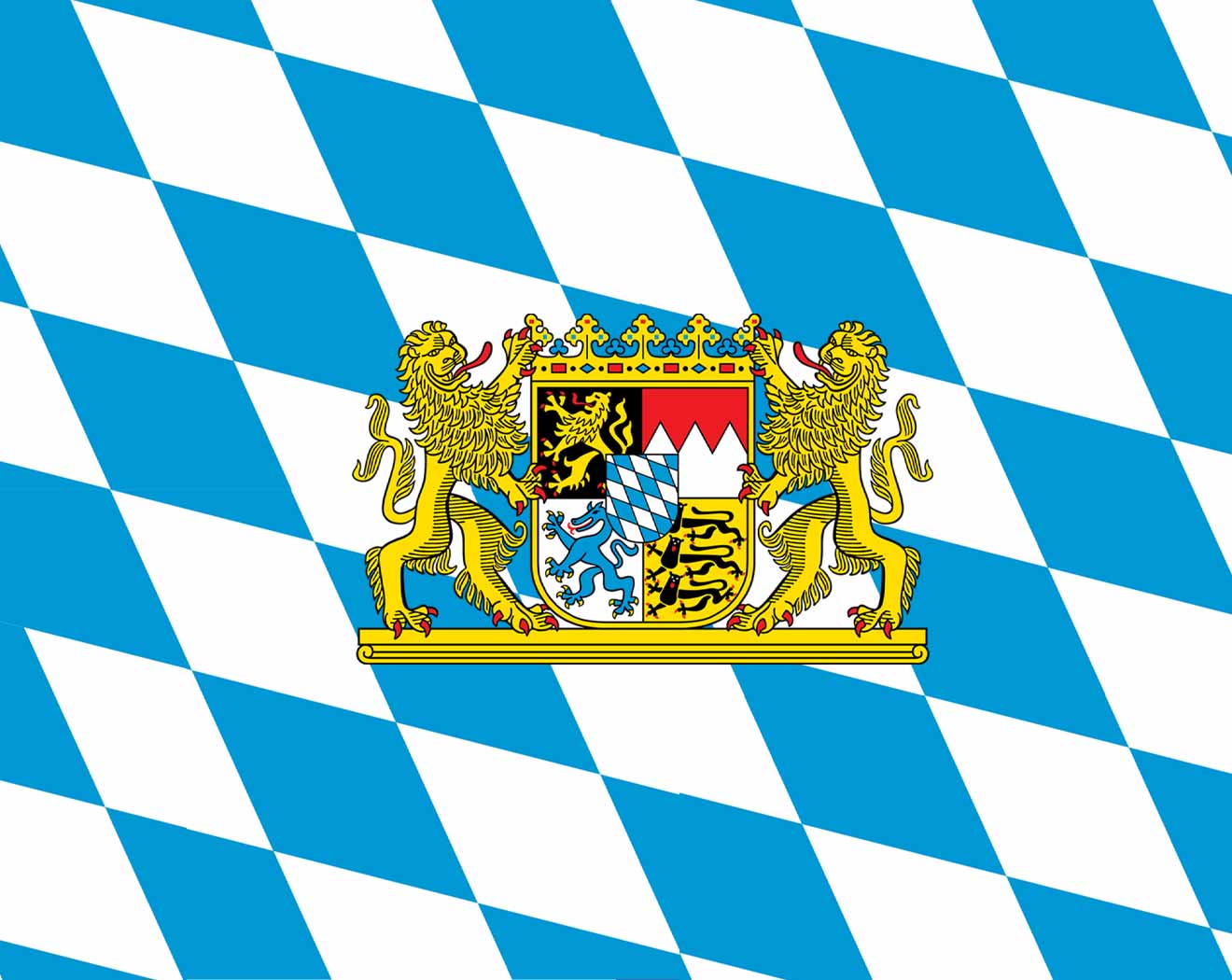 Bavaria
Bavaria
 Marche
Marche
 Important port
Important port
 Alaska-AK
Alaska-AK
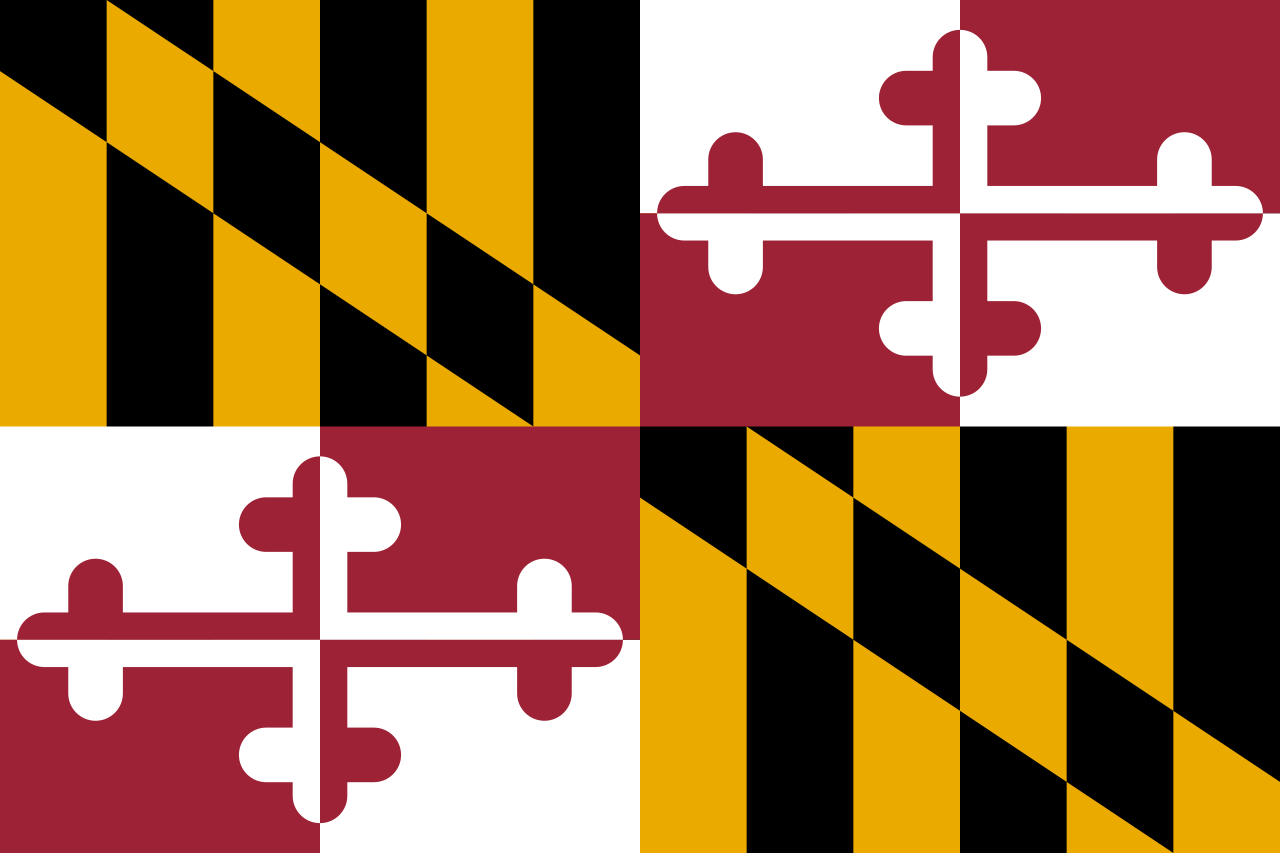 Maryland-MD
Maryland-MD